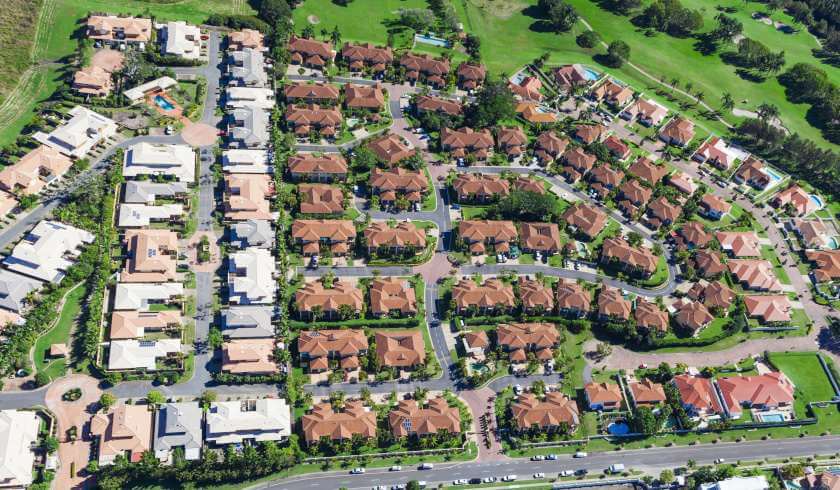Big buying opportunities as January price data released
The first month of 2019 has seen current housing trends remaining consistent, with all but one capital city market recording declines, placing buyers in a powerful position.

CoreLogic’s hedonic home value index recorded a 1 per cent decline over the month of January, continuing from declines seen in December.
Sydney and Melbourne were considered to be the weakest market conditions, which fell by 1.3 per cent and 1.6 per cent to $795,509 and $636,048 respectively over January.
These capital cities also have declined by at least 1 per cent every month since November 2018, according to the report and head of research at CoreLogic Tim Lawless.
“Both markets have seen an acceleration in the rate of decline over the past three months, with the rolling quarterly fall tracking at the fastest pace since the downturn commenced,” he said
Darwin saw the largest decline for the month, dropping 1.7 per cent to $412,940 , followed then by Perth, dropping 1.1 per cent to $441,920, then both Brisbane and Adelaide, dropping 0.3 of a percentage point to $494,345 and $430,711 respectively and then Hobart, dropping 0.2 of a percentage point to $457,785.
Meanwhile, Canberra was the only capital city to experience a value rise, raising 0.2 of a percentage point to $596,933.
Regional markets however are in a slightly healthier condition, with the combined value declining 0.6 of a percentage point over the last three months, compared to the capital value decline of 3.3 per cent in the same period.
The softening markets, Mr Lawless said, place buyers in a very favourable position.
“Buyers are now in a position where they can negotiate harder, take their time in making a purchase decision and be selective in finding a home that is right for their budget and lifestyle.”
Upper and lower ends of the market
CoreLogic data also showed the most expensive quartile of housing stock is leading the value decline, with the top quartiles in Melbourne and Sydney declining by 12.4 per cent and 10.8 per cent over the last 12 months, respectively, while Canberra and Hobart saw value growth of 2.8 per cent and 4.2 per cent over the last 12 months, respectively.
Meanwhile, the lower quartiles are experiencing better traction, Mr Lawless said, with Adelaide, Canberra and Hobart rising by 1.2 per cent, 3.7 per cent and 11.2 per cent over the last 12 months, respectively.
“The lower valuation brackets have benefitted from higher demand from first home buyers as well as tighter lending conditions for borrowers with higher debt to income ratios which is likely supporting a shift of demand towards lower price points,” he said.
“Although the more affordable valuation brackets across Sydney and Melbourne have seen some resilience to falls early in the decline phase, it’s clear that all segments of the market in Australia’s two largest cities are losing value.
“We’re seeing most of the large capital cities apart from Sydney and Melbourne showing far less divergence between the valuations brackets, which may be attributable to healthier levels of housing affordability and an absence of stimulus for first home buyers.”
Rents
Rents were up nationally by 0.4 per cent over the last 12 months to January 2019, and the value decline has seen gross rental yields also rise to 4.01 per cent.
Rental conditions have outperformed housing values and as such yields were up in every capital city except Hobart and Darwin for the last 12 months.
Despite the gradual improval in yields, Mr Lawless said the recovery back to regular levels is expected to be further gradual.
While Mr Lawless said January can be a difficult month for interpreting property data, recent trends have remained consistent over the last three months, with the declines increasing and growth moderating.
“Tight credit conditions, weakening consumer sentiment, less domestic and foreign investment and higher levels of housing supply are the primary drivers of the worsening conditions,” he said.
“The January index results, as well as peripheral housing data are likely to foreshadow a challenging year for the housing market.
“There may be a further dent to confidence as we approach the federal election and housing finance conditions are likely to remain tight after the hand down of the Hayne royal commission report which is due on Monday.”
